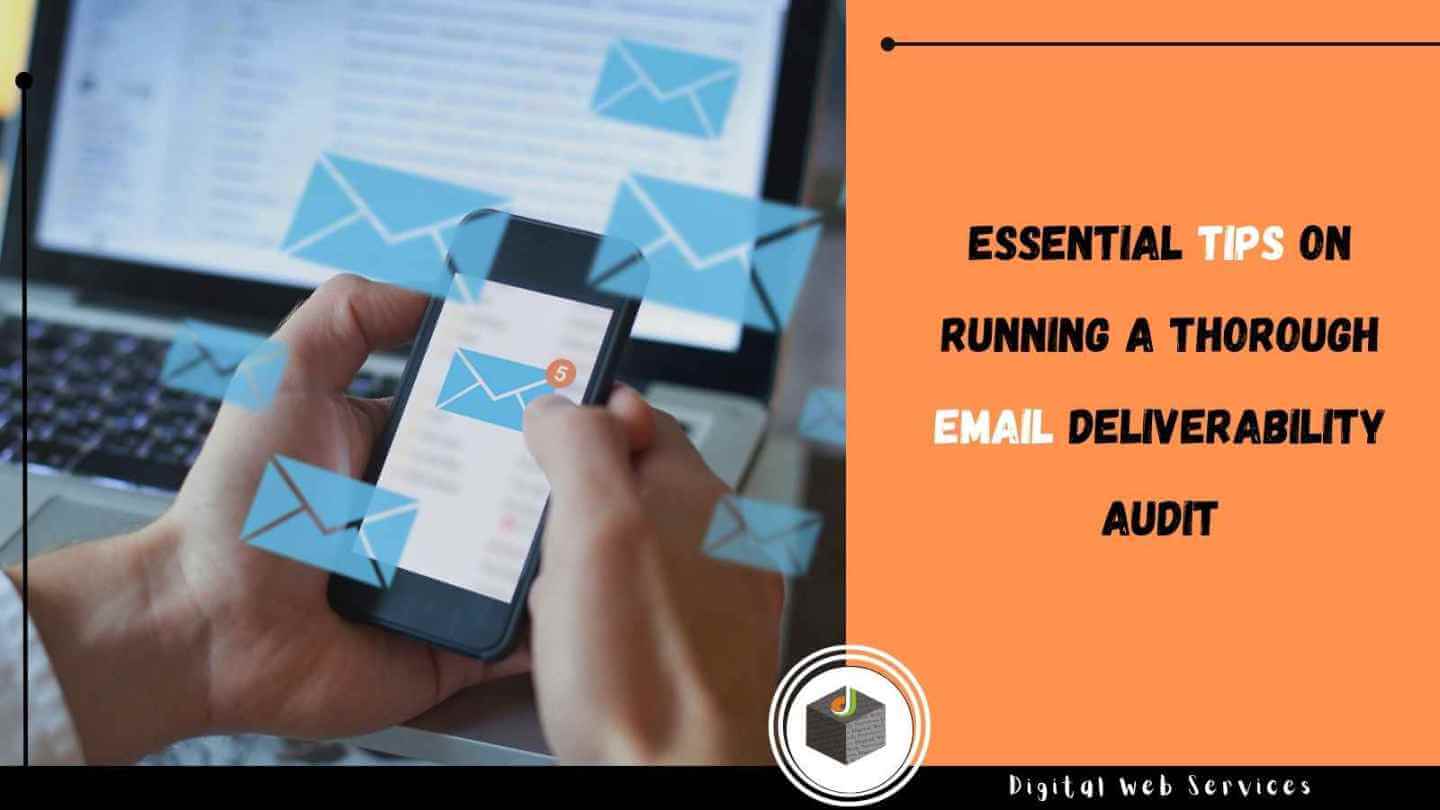
Modern e-commerce organizations go to all lengths to reach out to their current and potential customers, and email is one of the staples of marketing campaigns they run. Companies leverage this engagement and communication channel for multiple purposes:
- lead nurturing
- client onboarding
- activating passive users
- driving core sales
- cross-selling and upselling
However, all the email-powered marketing strategies will amount to nothing if addressees don’t get and read your messages. Of course, you can harness email checker software to help your letters escape blacklists and bypass spam filters that check incoming emails. But such steps will bring only minimal effect unless you test email deliverability and perform a complete email deliverability audit as a system of online email testing measures (typically leveraging specialized email testing services) aimed at identifying bottlenecks in message delivery. But before we speak about the ways to check email deliverability, let’s come to grips with this notion.
Email Deliverability Explained
This index boils down to simple arithmetic. Take all the emails you sent, calculate the percentage of those that reached the inbox of the addressees, and you have email deliverability on your hands.
You may think: “Well, some letters do get lost or blocked, so why do I need to bother about these numbers?” However, you can’t be more wrong if you decide to disregard this ratio. How come it is so important?
Evidently, you can’t totally avoid a certain amount of your letters being bounced or ending up in the spam bins of your customers. Yet when this number grows disproportionately, they will file spam complaints causing email service providers to block the domain you send emails from, and thus your content will never get home to the people it is meant to impress. As a result, your email marketing campaigns will be doomed to failure and never have the momentum you had envisaged.
Unfortunately, many companies leave this crucial index out of the account and decide to check email deliverability only when their performance experiences a serious setback. Don’t repeat their mistakes, and conduct an email delivery test before problems get out of hand. How should you go about it?
Four Areas to Test Email Deliverability in
As a rule, email deliverability plummets if one or more components of the WARP scheme misfires. This acronym stands for workflow, authentication, reputation, and performance. Let’s consider each of the elements.
Workflow
This problem zone refers to the mistakes in handling email sending, and it is the first you should check to achieve maximum email deliverability. Your main goal here is to “convince” spam filters that the messages you send don’t belong to this category.
How can you do it?
- Mind the sending volume and frequency. If you flood your customers with messages (say, several ones a day), not only will they be much annoyed. AI is likely to consider such letter deluge to be spam. So once a week is what the doctor ordered.
- Segment your content. You should make it a rule to divide the emails marked for sending into categories according to some criteria (engagement history, subscribed plans, location, etc.). In this way, only the relevant email will be sent to each inbox.
- Trim your email list. Old and invalid emails you dispatch will not only find their way into spam traps but also result in your domain being flagged by a blacklist. Cleaning the list also includes removing double or inactive contacts. The best way to do it is to use a dedicated tool like this email verifier service from SendPulse – it checks your entire email list and provides a subset of addresses that you can send to safely, problem solved.
- Personalize your emails. Every client wants to feel unique and valued by whoever addresses them.
- Add an email avatar. An avatar featuring your brand logo will let the letter stand out and positively impact the message opening rate.
- Use “non-spammy” subject lines. This element of emails should be compelling but never create an impression that the letter below it is spam. Thus, don’t fill it with all caps, don’t begin it with “Re:,” “FWD:,” or “Do you have/want/like,” don’t make it too long, and don’t cram it with keywords.
Authentication
Mail servers must be sure that you are who you claim to be. To achieve that, you should authenticate your mail account in such a way that the multiple emails you dispatch aren’t considered spam. So make sure your domain name system (DNS) records contain the following authentications:
- Sender policy framework (SPF)
- Domain-based message authentication, reporting, and conformance (DMARC)
- Domain keys identified mail (DKIM)
- Brand indicators for message identification (BIMI)
Moreover, you should regularly check this aspect of email deliverability by going through authentication records with the help of specialized mail testers.
Reputation
This is a more intangible asset that can’t be created or upgraded overnight and thus is harder to test as far as email deliverability is concerned. Internet service providers employ complex algorithms to track the way users engage with the emails you send them and calculate a score of your IP address. This numeric expression of your reputation is taken as a benchmark in the decision of whether they should be considered spam (in case it is low) or not (if it is high).
There are several life hacks to drive up your score.
- Use your IP address wisely. If you are only starting your email-driven campaigns, rely on a shared IP, but once you reach a high amount of sent emails (over 100,000 a month), switch to a dedicated address to rule out other senders influencing your reputation score. Besides, never use one IP address to dispatch emails of various types (promotional, transactional, and support).
- Protect your identity. If wrongdoers steal it and use your IP address to send tons of spam (aka email spoofing), your reputation will come tumbling down.
- Send relevant and actionable content. Your reputation will soar in case addressees open and reply to your messages or click on the links they contain.
- Always include an unsubscribe link. It is better to lose a subscriber than to suffer a reputational blow when they direct your letters to the spam bin.
- Trim your email list (again). Bounce rates beefed up by rejected invalid emails and unopened messages by inactive subscribers have an adverse effect on the reputational score.
- Watch for broken links. If such penetrate into your letters, the user experience will take a dive, dragging your reputation after it.
Performance
Instead of reacting to issues when they become a real headache, you should have a decent performance-tracking system in place. Such monitoring will enable you to test email deliverability by pinpointing problem areas (like emails blocked by certain internet service or email service providers) and addressing challenges on short notice. This task should be delegated to specialized software.
A Word about Email Testing Tools
Top-notch testing software must be able to track the following parameters:
- A spike in email traffic from your domain
- A dip in the DMARC compliance rate
- Alterations of the DMARC or SPF domain name system records
- SPF or DKIM authentication failures in traffic from your sources
Knowing where the shoe pinches, you would be able to take correctional steps to improve the situation. What is pivotal is to pick an adequate tool. The solution used to test email deliverability by Folderly ticks all boxes and will provide you with necessary data to be leveraged as insights for future actions.
Key Takeaways
Email is one of the most used by e-commerce ventures channels to engage and communicate with clients. To ensure your messages reach the addressees, you should conduct a comprehensive email deliverability audit and employ high-profile tools to monitor KPIs. Only in this way will you achieve the maximum efficiency of your email-driven marketing campaigns.
Digital Web Services (DWS) is a leading IT company specializing in Software Development, Web Application Development, Website Designing, and Digital Marketing. Here are providing all kinds of services and solutions for the digital transformation of any business and website.










